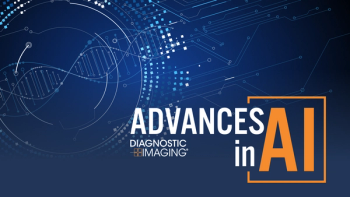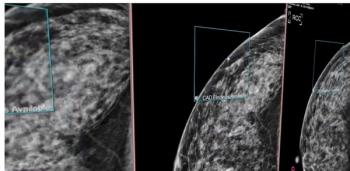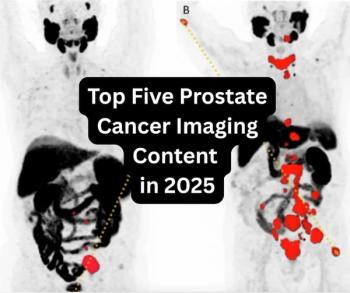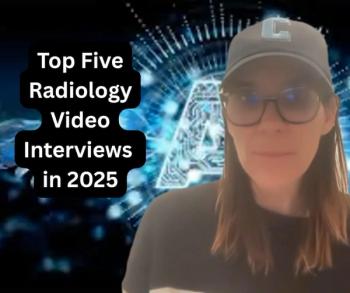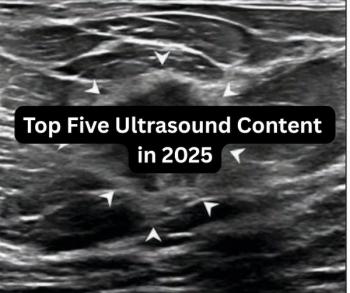Radiology ‘Game-Changer’: FDA Approves PET Agent for Enhanced Detection of Coronary Artery Disease
Offering higher diagnostic efficacy than SPECT imaging for coronary artery disease (CAD) detection, the PET myocardial perfusion imaging agent Flyrcado™ (flurpiridaz F 18, GE HealthCare) provides unit dose availability and effectiveness in imaging patients with high BMI.
The Food and Drug Administration (FDA) has approved Flyrcado™ (flurpiridaz F 18, GE HealthCare), a positron emission tomography (PET) myocardial perfusion imaging (MPI) agent that may enhance the detection of coronary artery disease (CAD) and facilitate expanded access to PET imaging for patients.
In addition to providing higher diagnostic efficacy for CAD than single-photon emission computed tomography (SPECT), Flyrcado has a half-life of 109 minutes, which is over 10 times higher than that of other cardiac PET radiotracers, according to GE HealthCare. The company noted the availability of Flyrcado in unit doses that can be manufactured at off-site pharmacies may significantly expand patient access to PET MPI technology.
“There are
In a
Dr. Patel, the director of cardiac PET at Mount Sinai Morningside in New York City, said study data has also shown that Flyrcado reduces radiation exposure by one-third (6.2 mSv PET) in comparison to tetrofosmin SPECT (9.9 mSv) and by one-half in comparison to sestamibi SPECT (12.4 mSv).
Jamshid Maddahi, M.D., FACC, MASNC, the principal investigator of the Flyrcado clinical trials, said the PET MPI radiotracer is one of the most significant advances in the past few decades in nuclear cardiology.
“I am excited for this new radiotracer and its potential impact, as a game changer, for diagnosing the disease with the highest mortality rate in the world,” maintained Dr. Maddahi, a clinical professor of medicine (cardiology) and molecular and medical pharmacology (nuclear medicine) at the UCLA School of Medicine.
Newsletter
Stay at the forefront of radiology with the Diagnostic Imaging newsletter, delivering the latest news, clinical insights, and imaging advancements for today’s radiologists.

